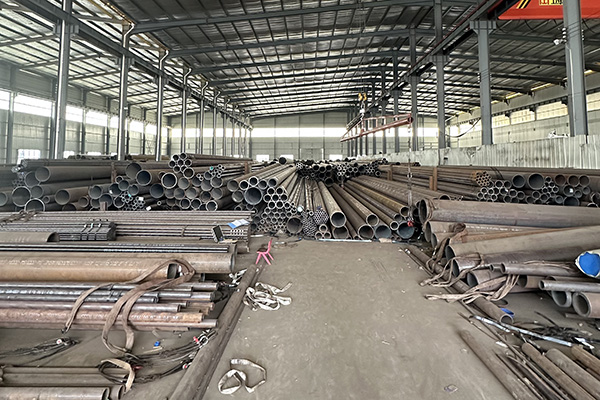

Material Selection Principles for Alloy Steel Pipes Under Different Working Conditions
Alloy steel pipes are widely used in various industrial fields due to their excellent mechanical properties, corrosion resistance, and adaptability to complex environments. However, selecting the appropriate alloy steel material under different working conditions is critical to ensuring safe and efficient operation. The following principles should be considered when choosing materials:
Temperature Resistance
In high-temperature environments (e.g., power plants, petrochemical plants), materials must maintain their strength and structural integrity. Chromium-molybdenum alloy steels such as ASTM A335 P22 or P91 are preferred for their high creep resistance and thermal stability.
Pressure Resistance
For high-pressure applications (e.g., supercritical steam pipelines, oil and gas transmission), pipes must have excellent tensile strength and fatigue resistance. Alloy steels with higher yield points and enhanced wall thickness (like ASTM A213 T91 or A335 P5) are commonly selected.
Corrosion Resistance
In environments where corrosive media (such as sulfur, chlorides, or CO₂) are present, corrosion-resistant alloy steels must be chosen. Low-alloy steels with added elements like Cr, Ni, and Mo help resist pitting, intergranular, or stress corrosion. For more severe conditions, stainless steel alloys (e.g., 304H, 316H) or duplex stainless steels may be required.
Hydrogen Resistance
In hydrogen-rich environments such as refineries or ammonia plants, materials must resist hydrogen-induced cracking and hydrogen embrittlement. Alloy steels with low sulfur and phosphorus content and appropriate heat treatment (e.g., normalizing and tempering) are essential.
Weldability and Fabrication Requirements
For piping systems requiring extensive welding, the weldability of the alloy steel is crucial. Materials with good hardenability and post-weld heat treatment compatibility—such as P11, P22, or P91—are preferred in such applications.
Mechanical Loading and Vibration
In systems subject to dynamic loads or frequent start-stop cycles (e.g., compressor or pump stations), fatigue resistance becomes important. Alloy steels with high notch toughness and impact resistance (especially at low temperatures) are chosen to reduce the risk of failure.
Economic Consideration and Service Life
While high-grade alloys offer better performance, they also come at a higher cost. Engineers must balance performance with economy by selecting the minimum grade necessary to meet the operating conditions while ensuring a reasonable service life.
Compliance with Standards
The selected materials should comply with international or project-specific standards, such as ASME, ASTM, EN, or GB, to ensure quality, traceability, and safety in design and use.
By comprehensively evaluating the environmental conditions, mechanical requirements, and economic constraints, appropriate alloy steel grades can be selected to enhance safety, durability, and cost-effectiveness in pipeline projects.
References
ASME B31.1 – Power Piping Code.
ASTM A335 / A213 – Standard Specifications for Seamless Ferritic Alloy-Steel Pipe.
API RP 941 – Steels for Hydrogen Service at Elevated Temperatures and Pressures.
Shankar, R. (2020). Advanced Materials for Piping Systems. Elsevier.
Zhang, J. et al. (2018). “Material Selection in High-Temperature Alloy Steel Pipes.” Journal of Materials Engineering and Performance, 27(3), 1015–1023.





